Nick TriggleHealth correspondent
 Getty Images
Getty ImagesThe number of patients in hospital in England with influenza has risen by more than 50% in the past week, with NHS bosses warning there is no sign of “super flu” peaking yet.
In the week up to Sunday…
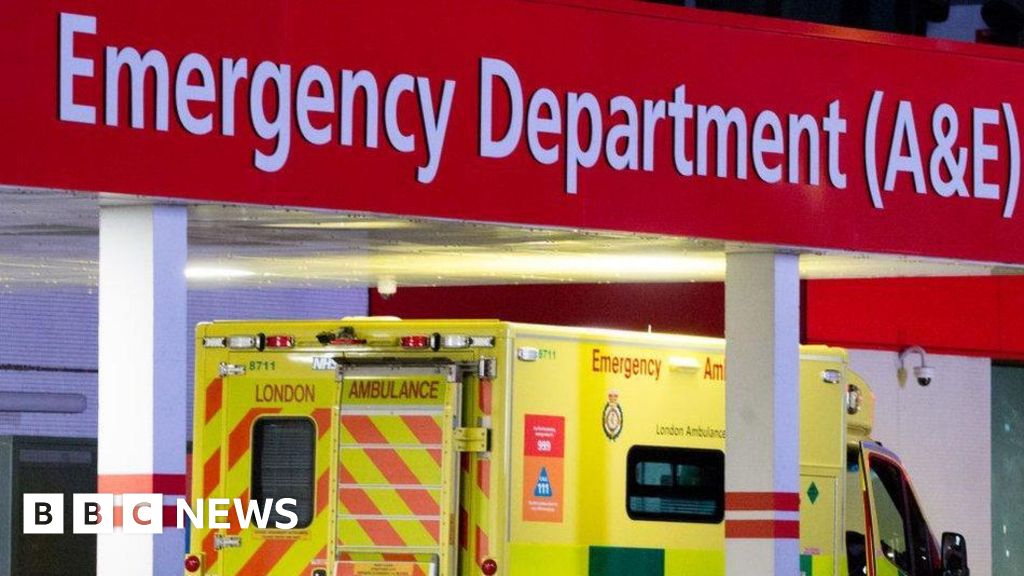
Nick TriggleHealth correspondent
 Getty Images
Getty ImagesThe number of patients in hospital in England with influenza has risen by more than 50% in the past week, with NHS bosses warning there is no sign of “super flu” peaking yet.
In the week up to Sunday…
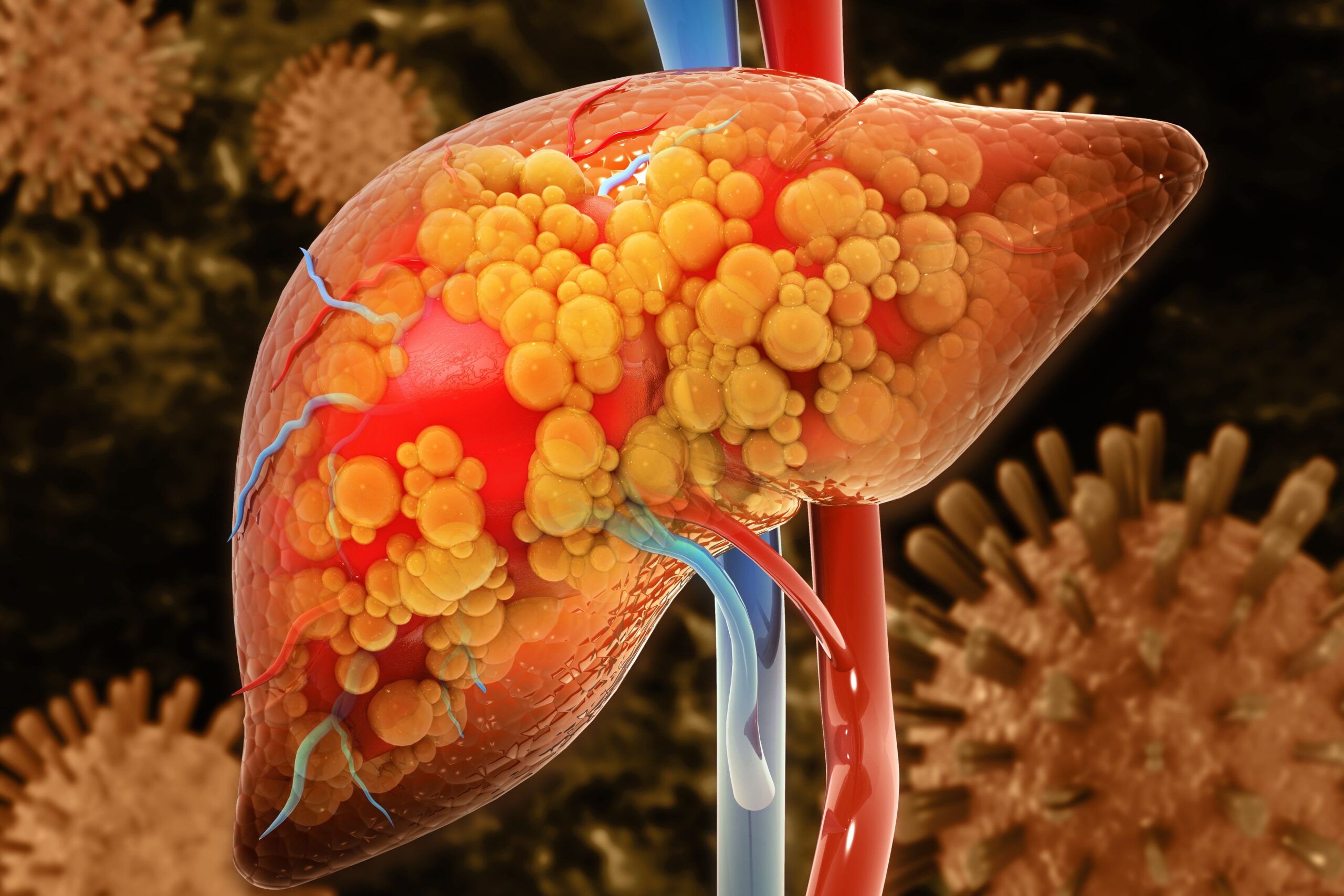
A retrospective cohort study of 570 patients with either metabolic dysfunction-associated steatotic liver disease (MASLD) or
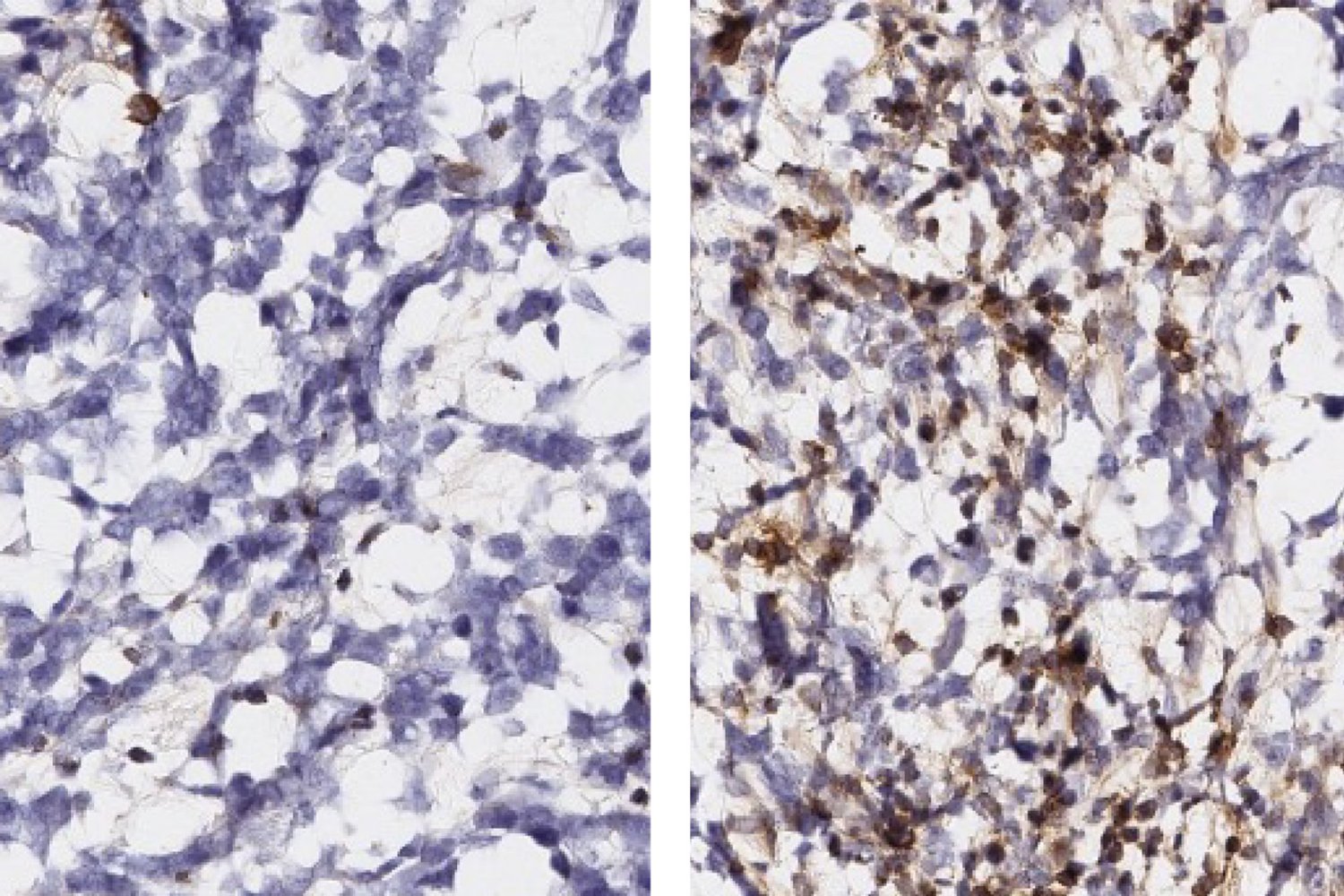
Glioblastoma is the most common form of brain cancer in adults, and its consequences are usually quick and fatal. After receiving standard-of-care treatment (surgery followed by radiation and chemotherapy), fewer than…
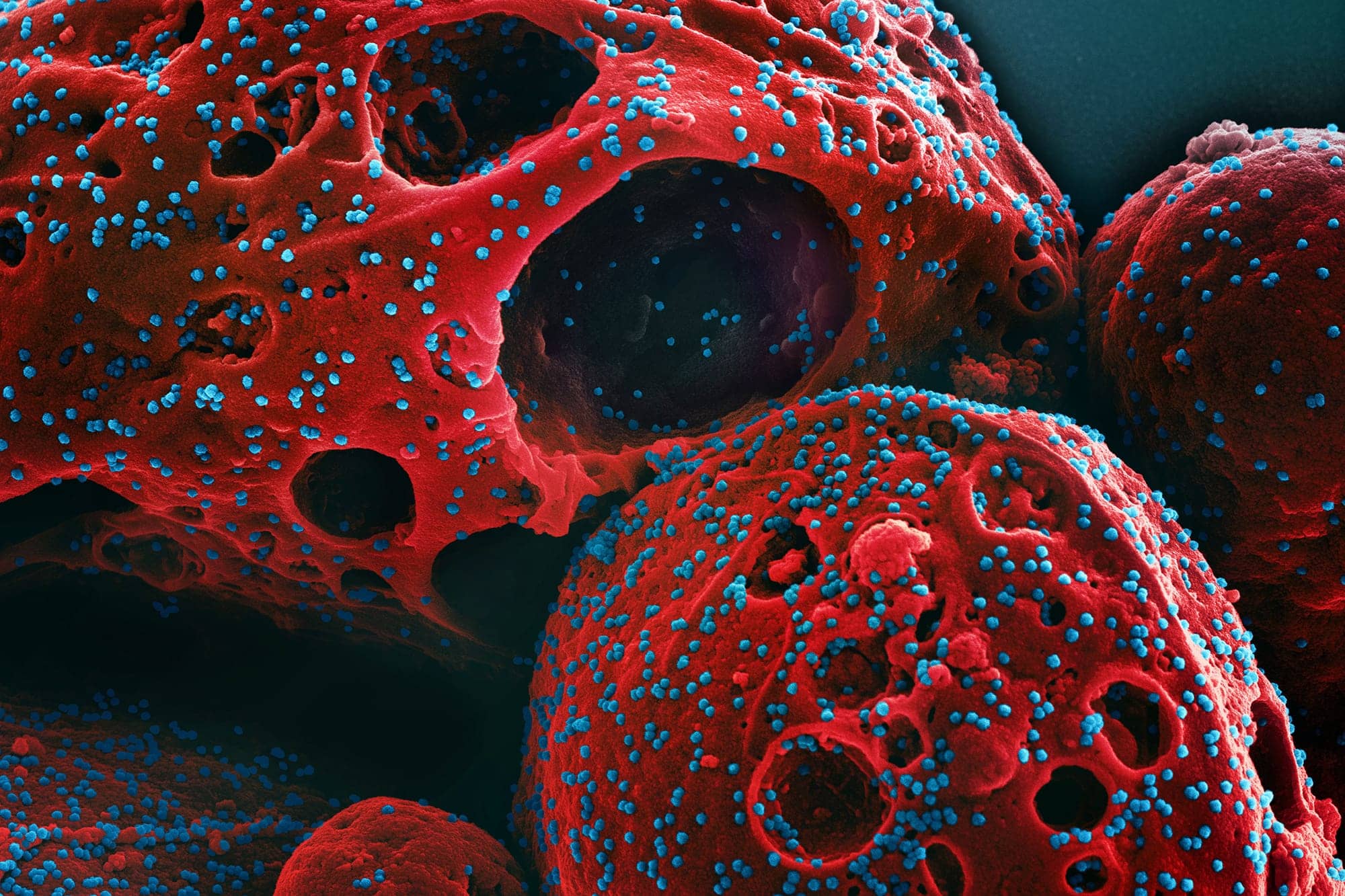

A recent survey suggests a widening gut-health gap, with women—often the default planners and hosts—bearing the brunt of holiday strain.
(Photo: Ayana Underwood/Canva)
Published December 11, 2025 02:24PM
As many women can empathize with, the…
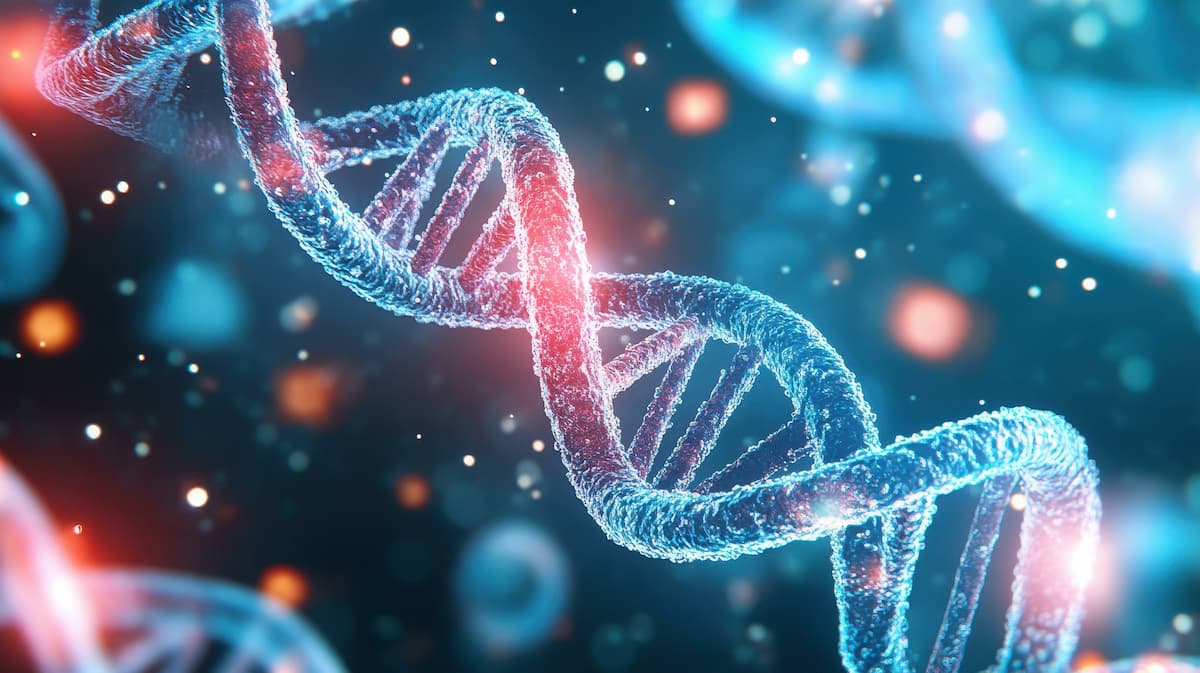
Genetic risk models and variant classification tools are refining

Findings from a recent study are providing clinicians with an overview of
Leveraging Organ…